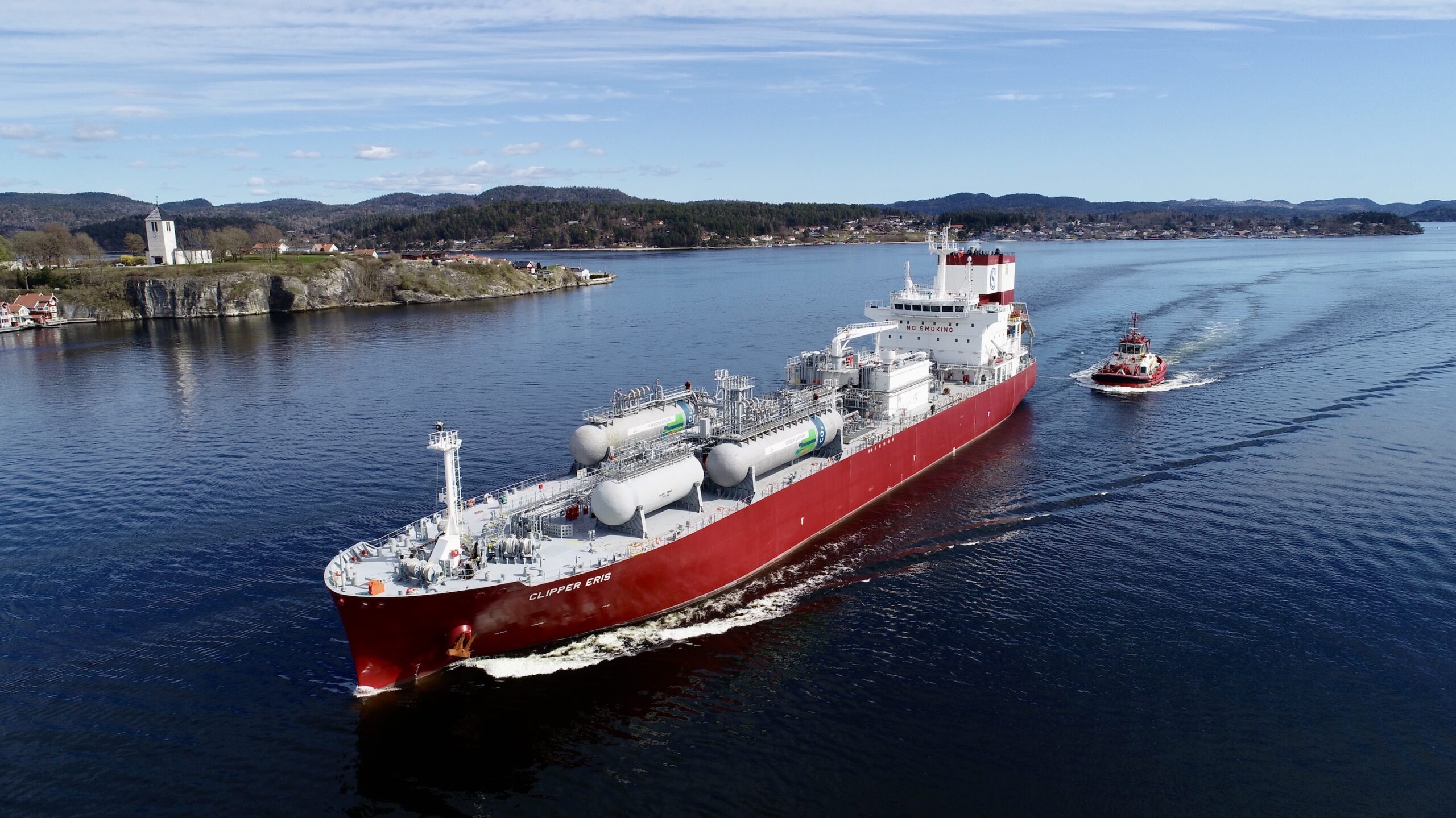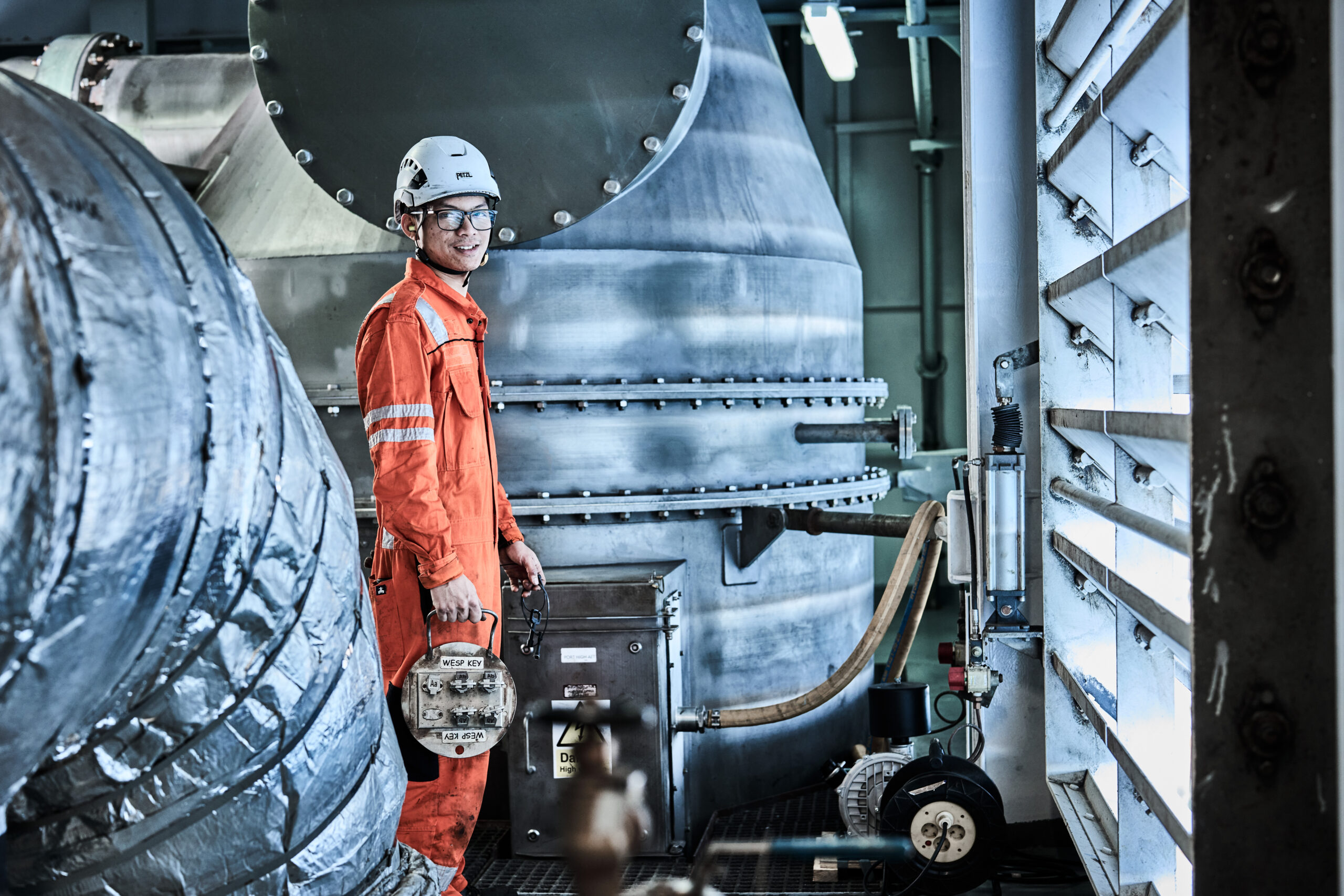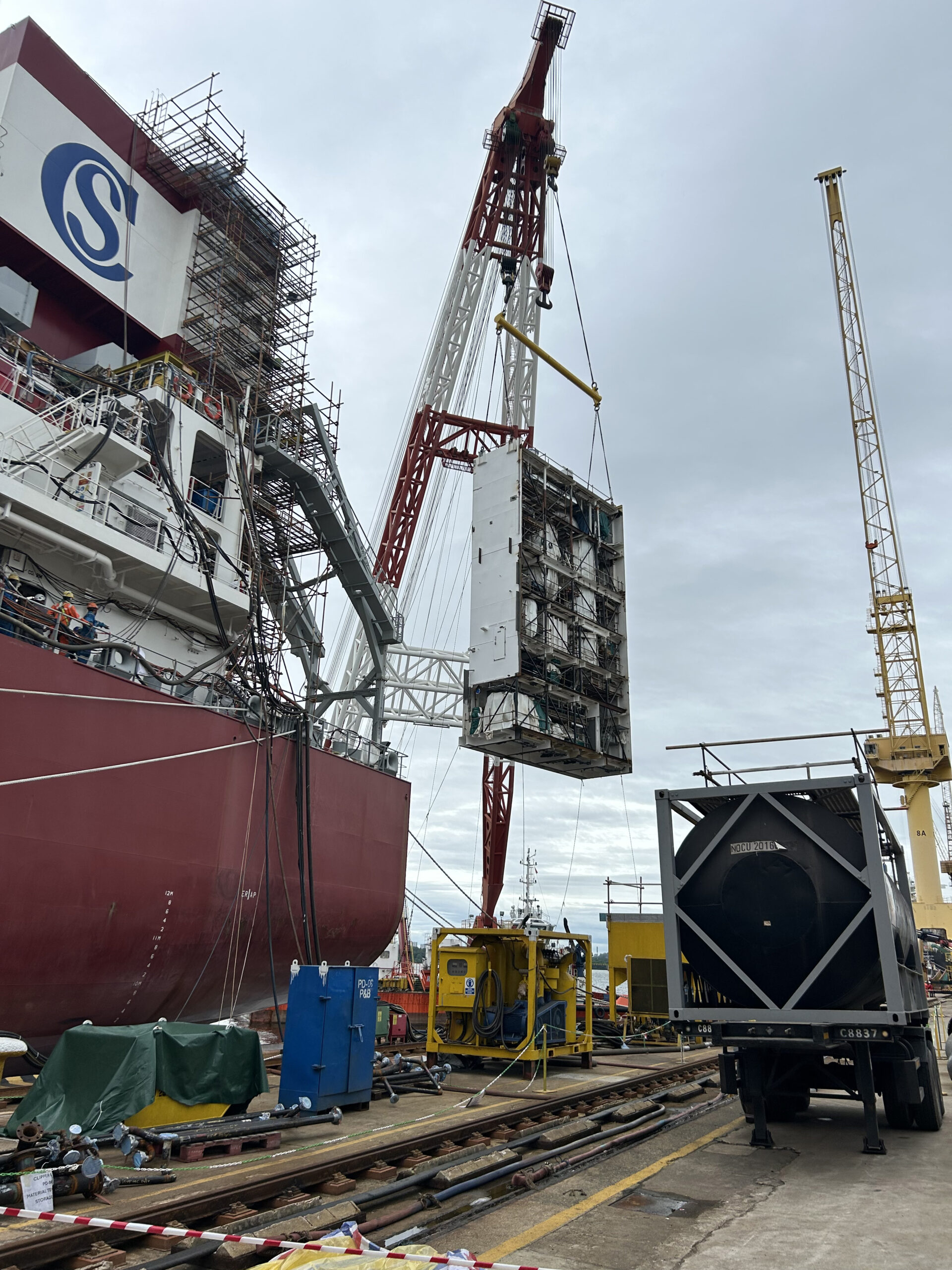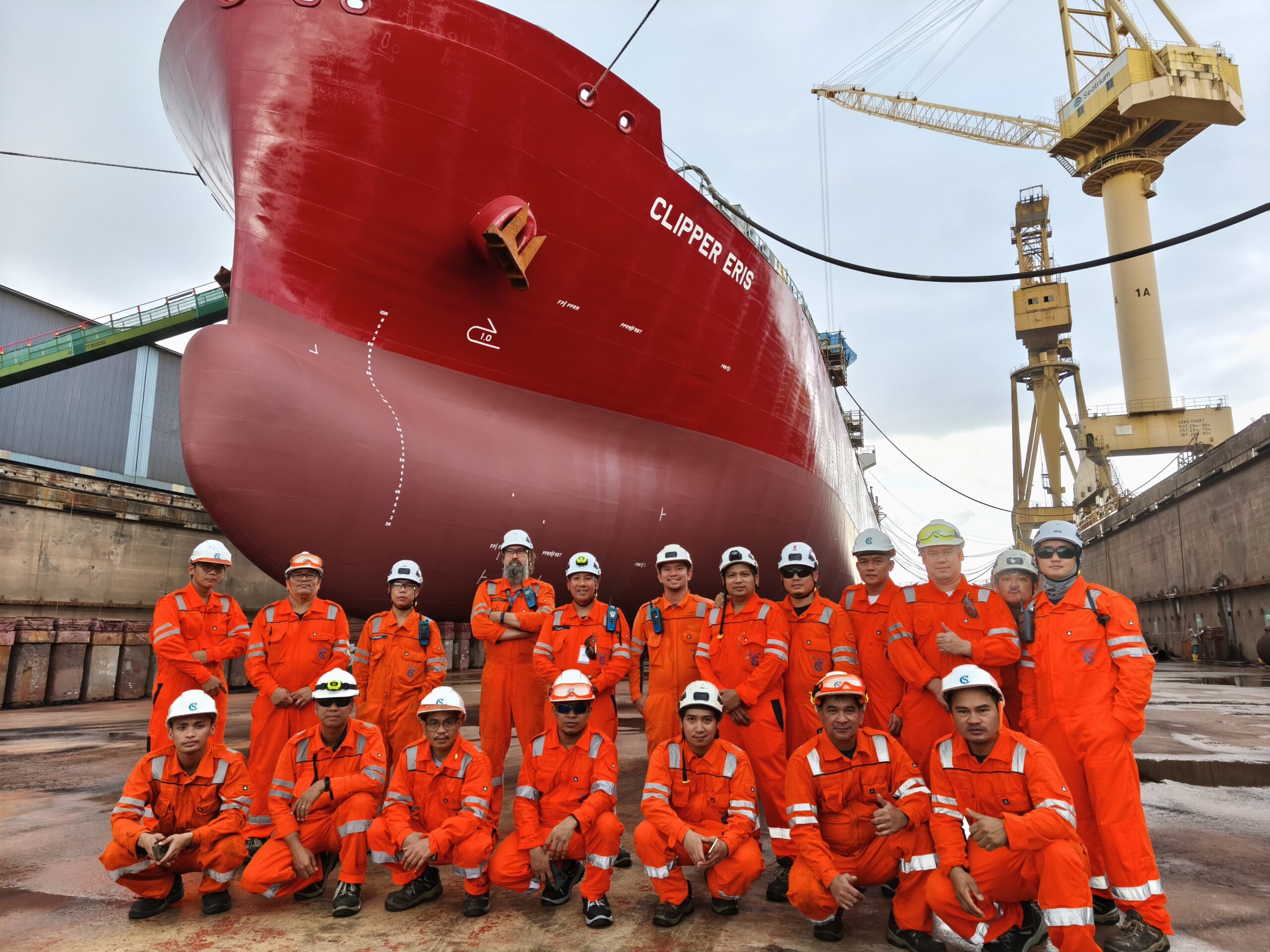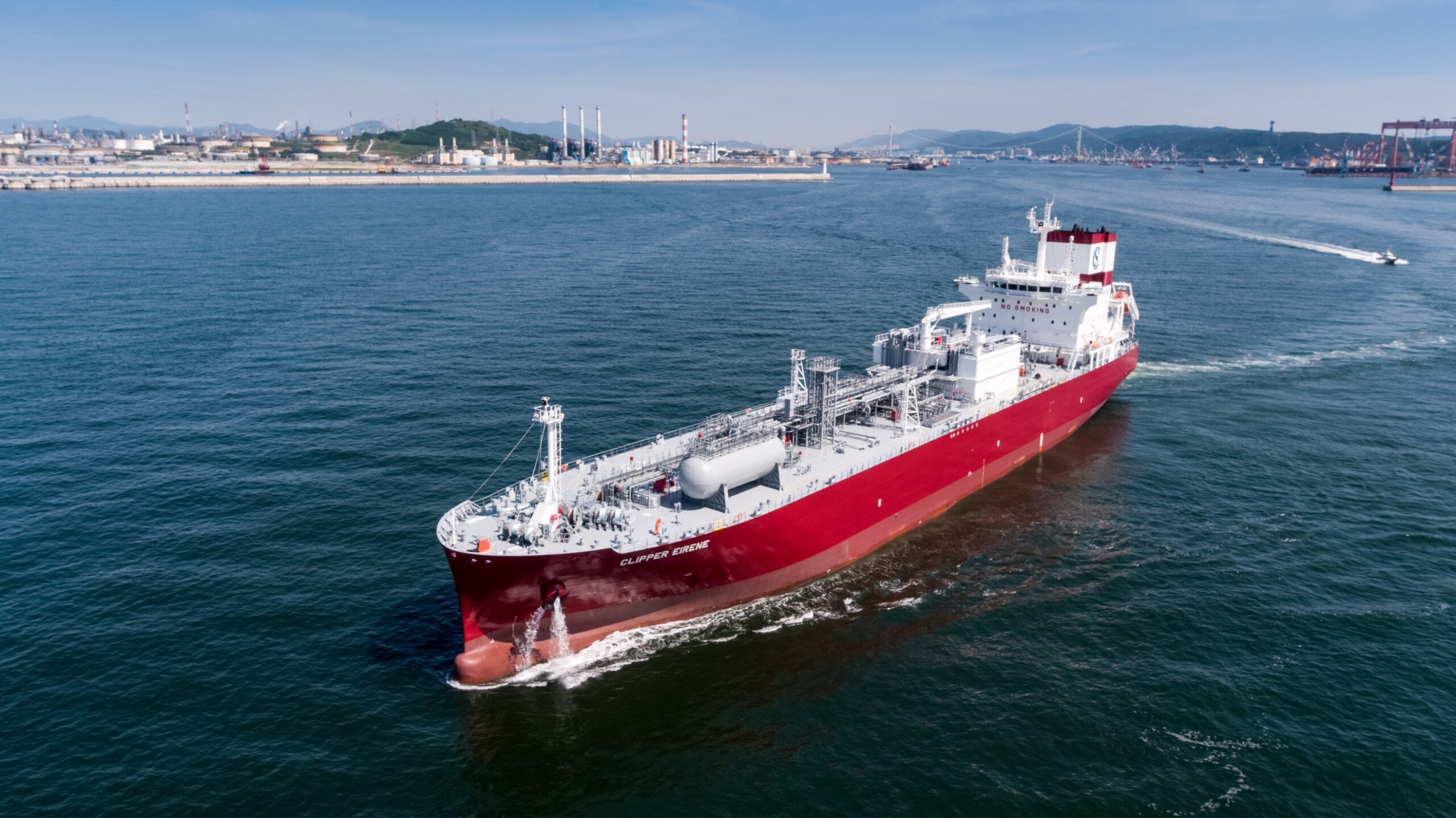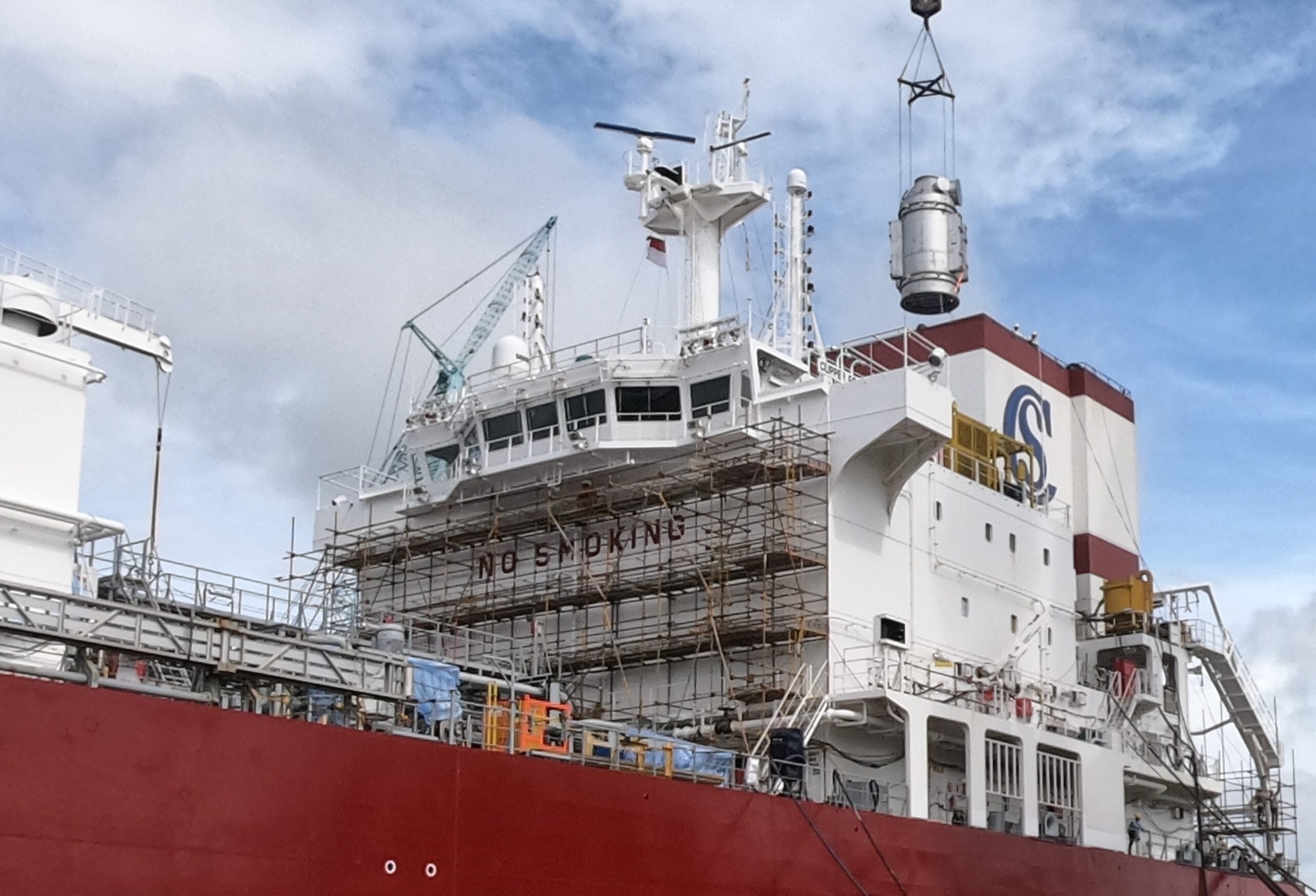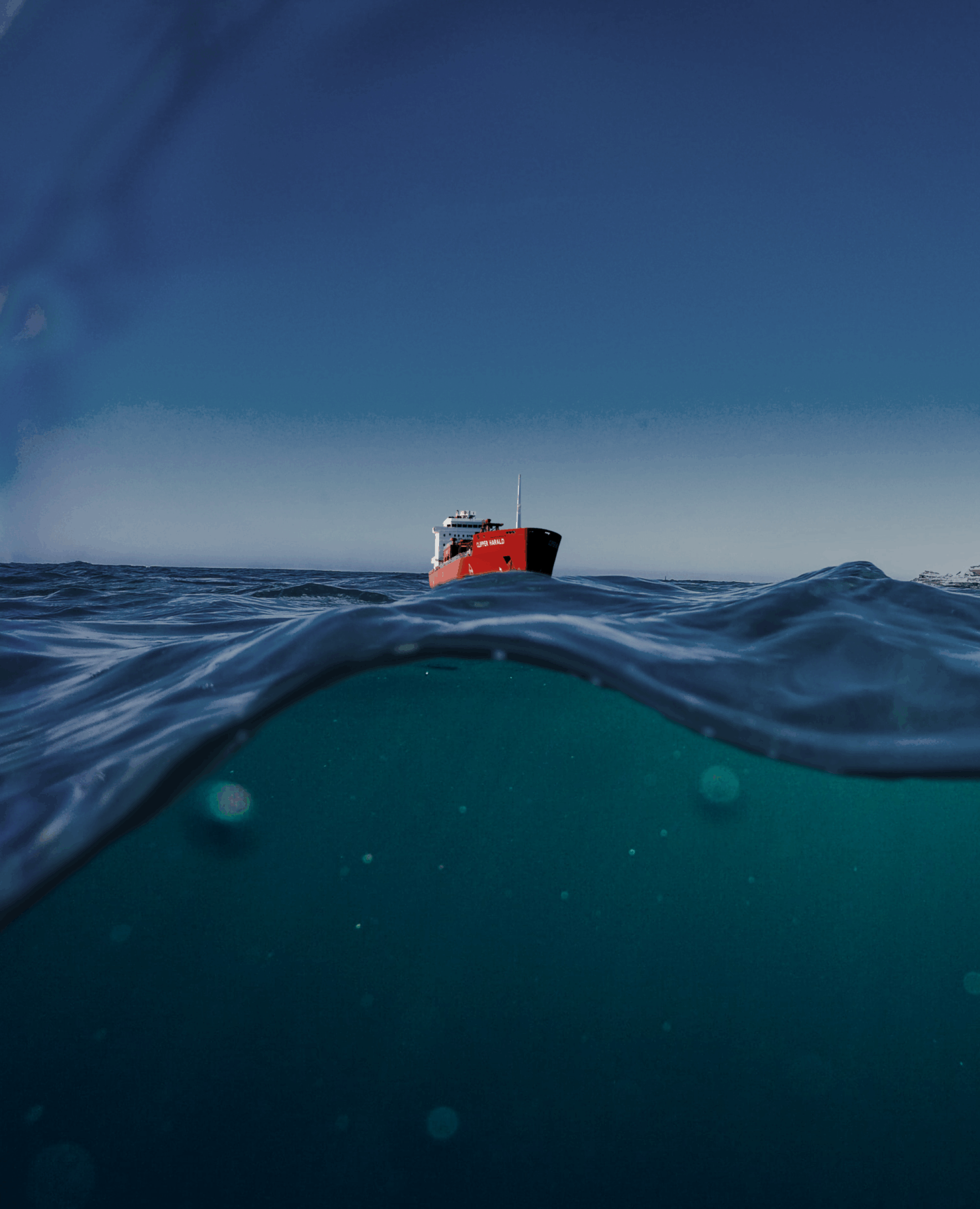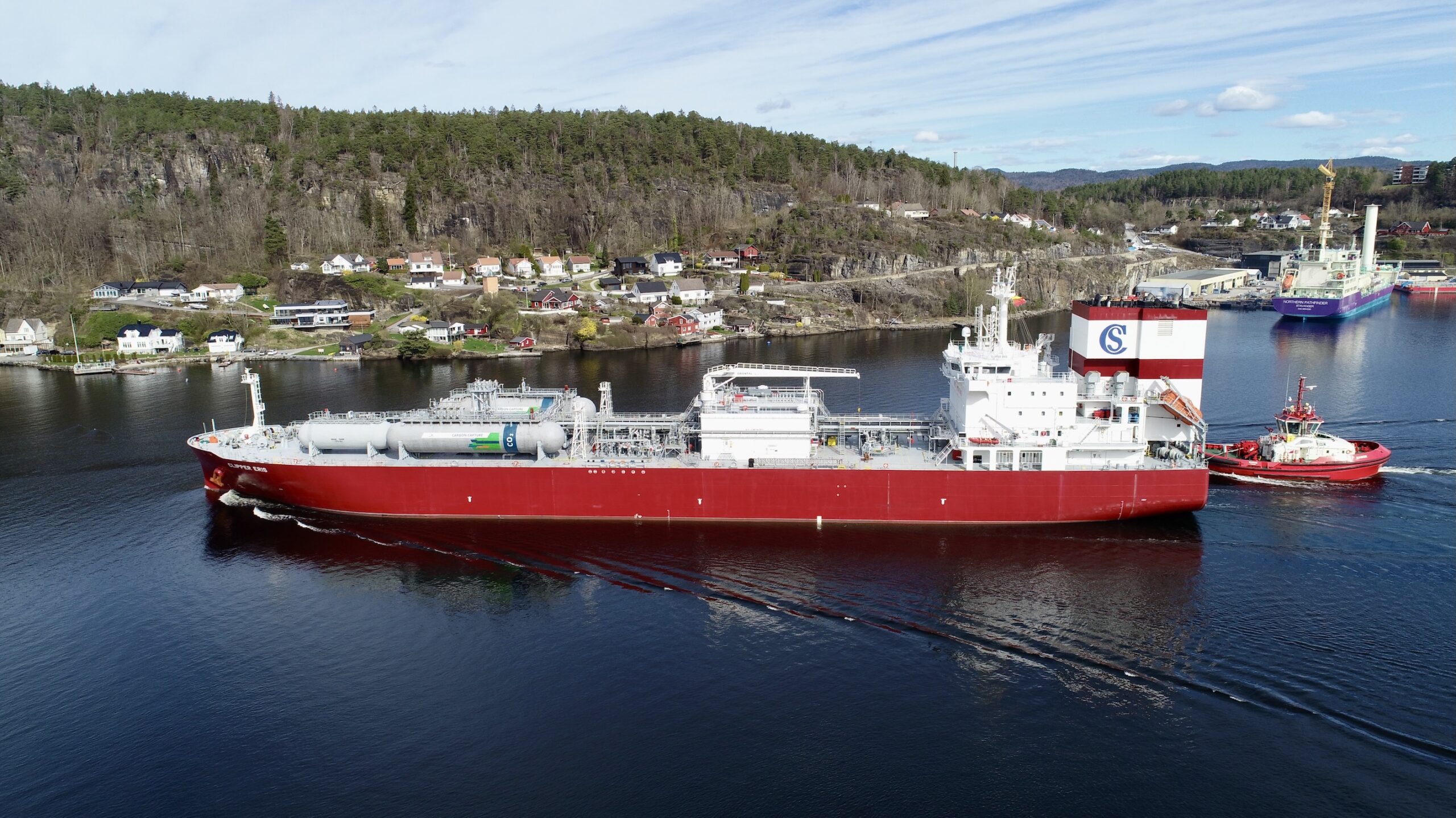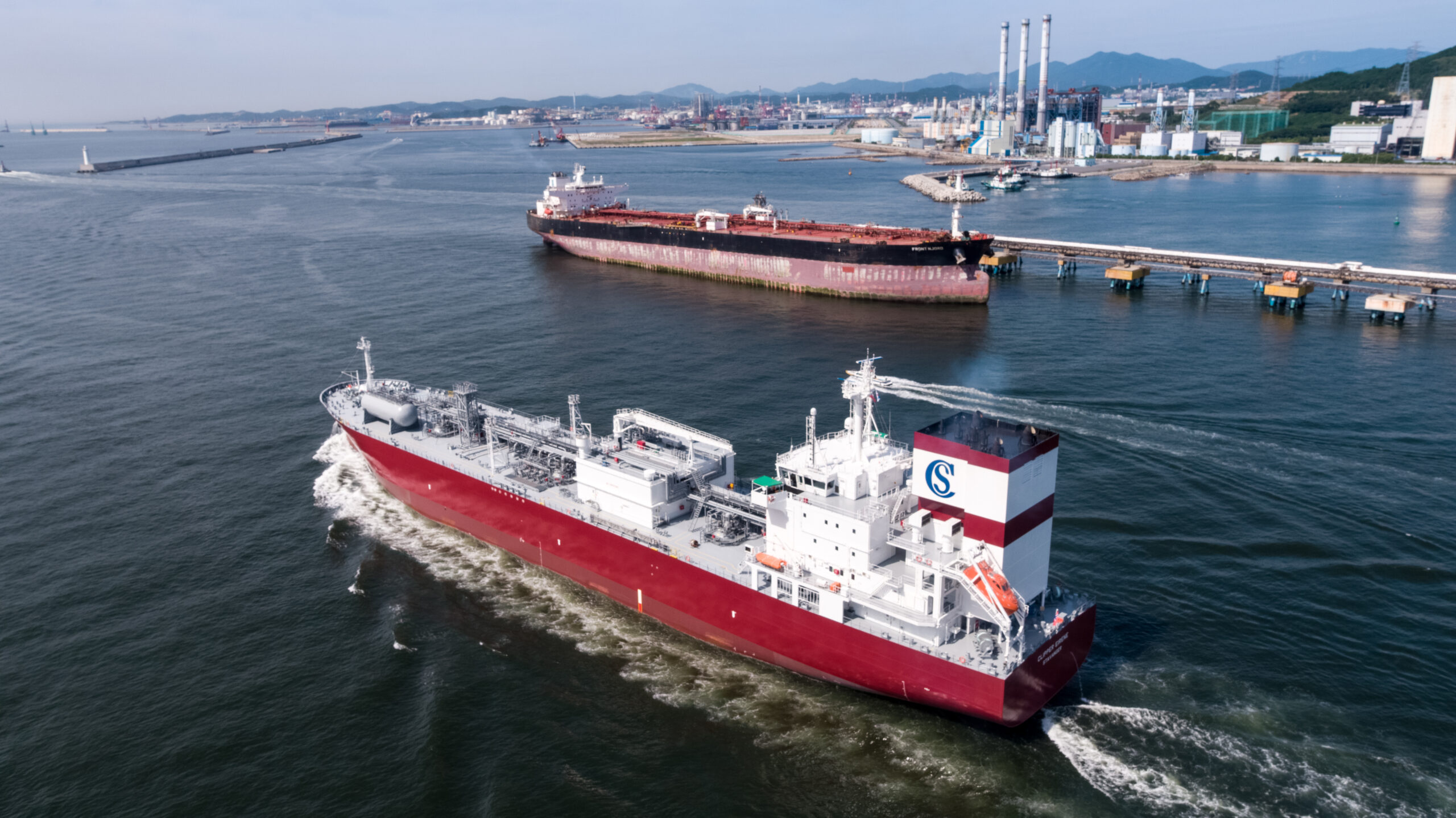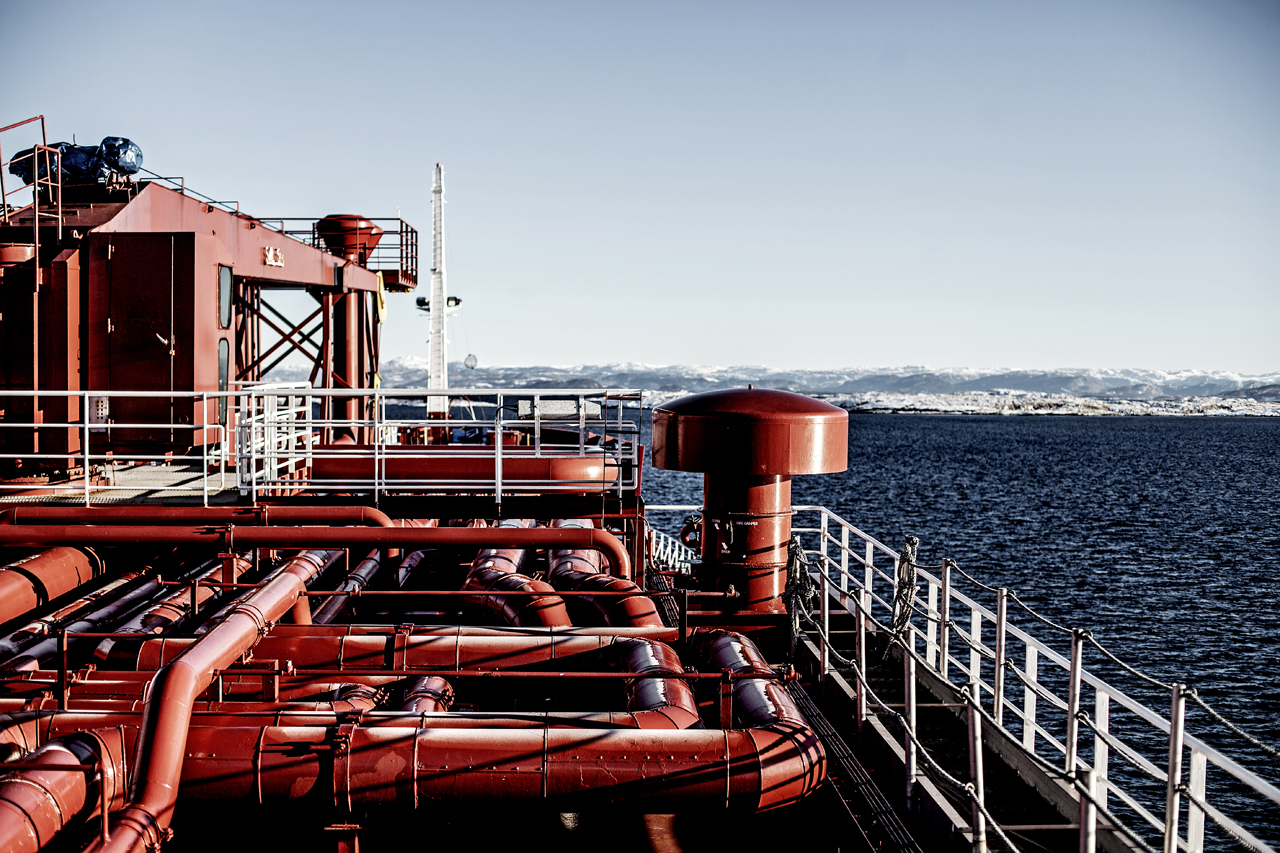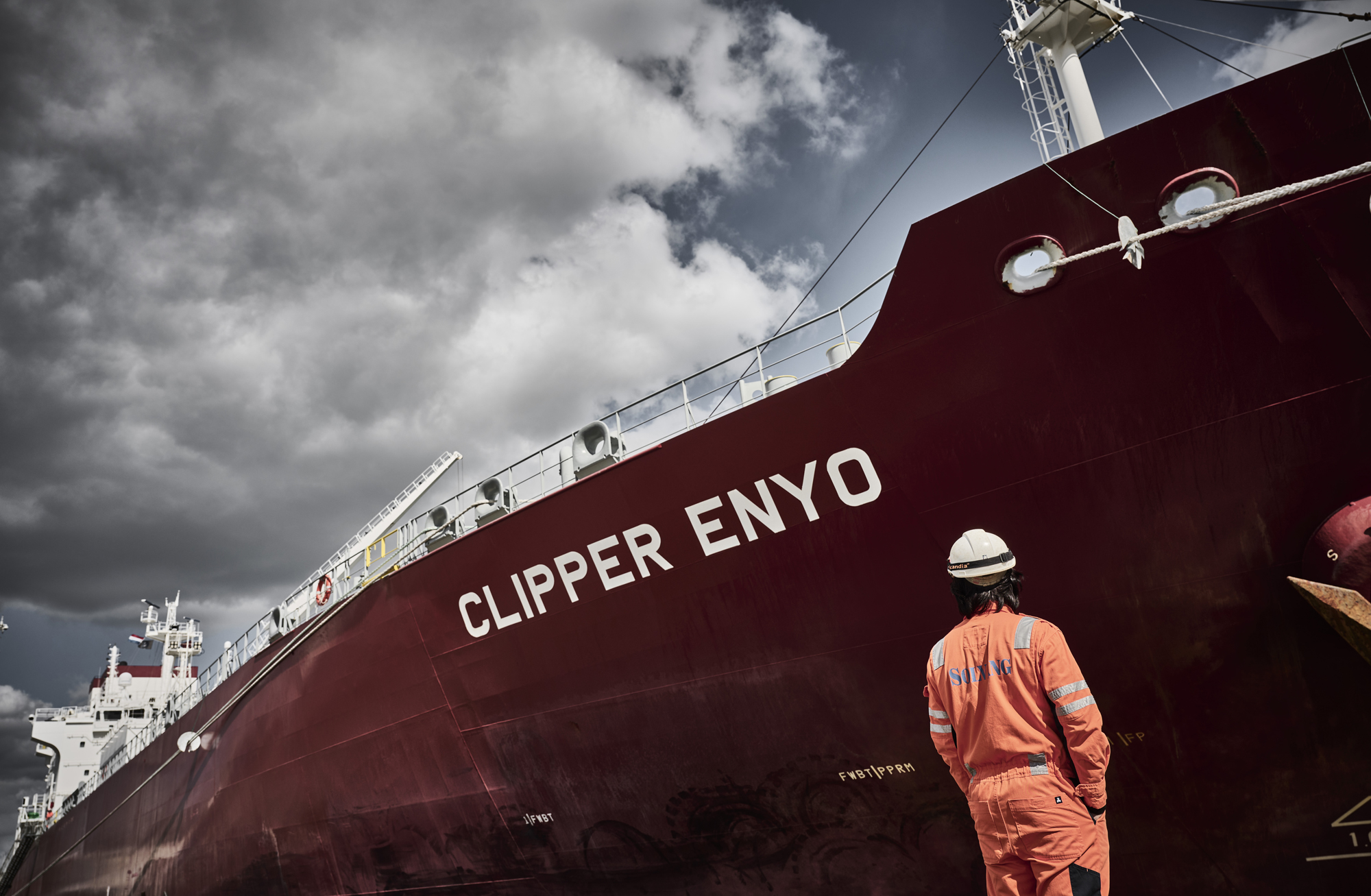In the 30 years since climate change first received global attention with the adoption of the UN Framework Convention on Climate Change (UNFCCC) in 1992, the case of replacing fossil fuels with alternatives has not changed the map. In 1990, the global energy mix consisted of 81% coal, oil and natural gas combined. In 2018, after total energy consumption increased by 60 % compared to 1990, fossil sources still made up 81% of the total. Realistically, the world has no conception of sustenance, not to mention economic growth, without abundant application of fossil energy into transport, industry, food production, commodities, fuel production and other sectors.
Tank-to-wake regime
In three decades of Greenhouse Gas (GHG) politics, the emission reduction strategy has been to remove harmful substances from exhaust gases and spills. First by filtering, catalysing and scrubbing, secondly by distilling and cleaning the fuel before it reaches the combustion chamber. In cars, the pyramid of green technologies ends with batteries, while in shipping there is no battery option for global deep sea transport. Still, regulations insist on measuring emissions in a tank-to-wake (TTW) perspective. Meaning the indicators for NOx, SOx, heavy metals and now CO2, start counting from the moment fuel is incinerated until transport has been made. The main problem with this approach is that deep sea transport mainly uses residual, non-distilled fuel oil or residual fuel mixed with refined products in order to meet the sulpher requirements.
This exploits energy at an excellent rate, leaving no residual behind for others to expend in the emission budget.
Comparing residual fuel oil with highly processed eco-alternatives such as hydrogen, synthetic e-fuels or electricity, leaves half the emissions out of the equation, making those fuels conveniently compliant to GHG regulations. Electricity is an example of clean energy when its dirty sources are disregarded. The world´s biggest source of electricity is coal, which loses more than half of its energy in the process of electric power generation. When the electric power is being used in maritime transport, the shipowner is entitled to claim emission-free operation.
In a more realistic well-to-wake (WTW) equation, the life cycle of energy from input at the WTW chain, through to output at propeller in the form of cargo transport, is being accounted for.
Dwindling GHG footprint
When comparing different fuel options in well-to-wake matrix, the trustworthiness of fuel oil comes directly into sight. By optimising operations, hull and machinery within a framework of fuel oil, scrubber and exhaust gas recirculation, Solvang´s vessels match the strictest IMO and EU regulations. Our onboard carbon capture and storage (OCCS) pilot commenced operation on Clipper Eris primo 2025, paving the way for installation on seven Panamax VLGC newbuildings. With OCCS operation, Solvang’s deep-sea fleet will make a minimal GHG footprint comparable to any «green fuel» alternative.
As a conlusion, Solvang reiterates our long-standing position: Exhaust cleaning technology, along with optimization of transmission, hull, rudder/propeller and operations together make a bigger contribution to emission reduction than the selection of fuel itself.
Total energy input Well-To-Wake / Delivered propulsion energy
E-fuels have a large energy loss during production. The global lack of GHG-neutral electricity from renewable sources make e-fuels unfit for deep sea shipping today.




